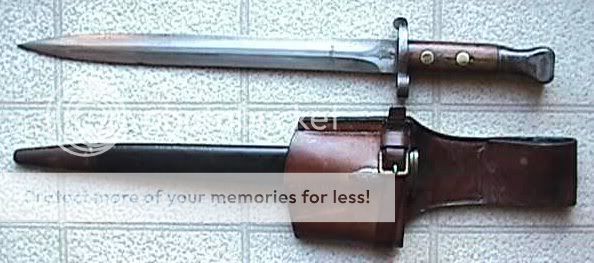Hi C4
That's right, although some may say "she was fat"...just because they don't want to accept her as a ripper victim.
Remember there was a press report talking about this swollen face.
Originally posted by curious4
View Post
Remember there was a press report talking about this swollen face.

 One knife, unless you believe "Oh I don't fancy this knife anymore, lets use the other"
One knife, unless you believe "Oh I don't fancy this knife anymore, lets use the other"




Comment